I am an avid sock knitter, and I love seeing new sock knitters take up the craft. One thing that can be tricky for new sock knitters, though, is choosing the best sock yarn.
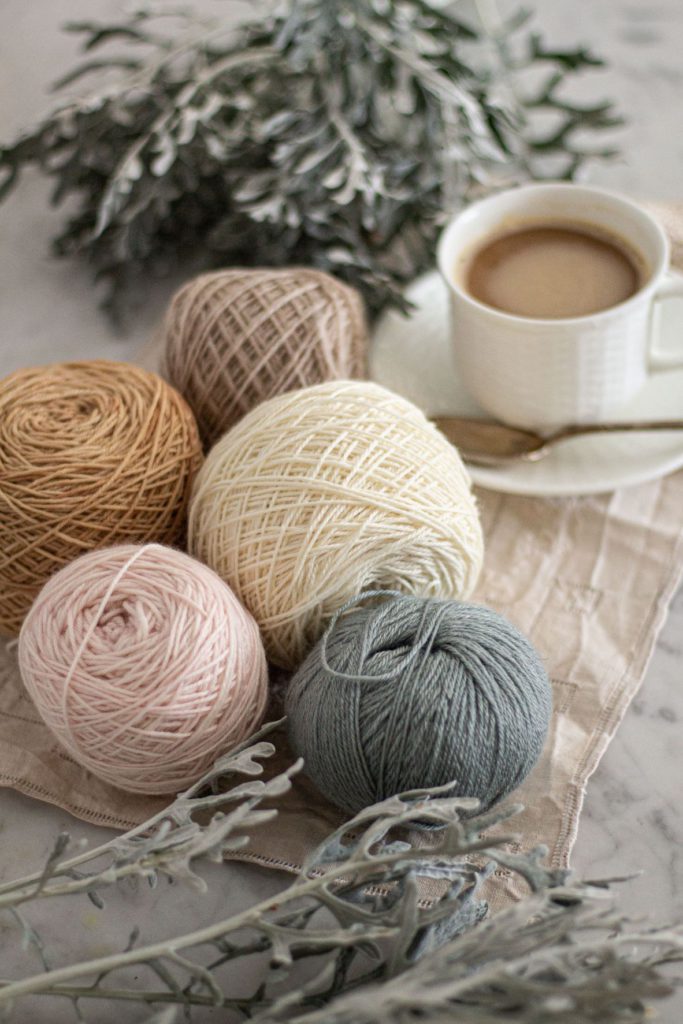
A good sock yarn is about more than just finding the right weight. It’s also a question of fiber content, construction, and more.
I’ve made some drastic mistakes in my time knitting socks, and rather than have you make the same mistakes, I figured I would share here in hopes of helping you avoid them. Let’s take a look at some of the crucial factors to consider before you choose a yarn for your next sock project.
Because the best yarn for knitting socks might not always be what you’d expect.
Before Picking a Sock Yarn, Consider Your Purpose
The most important thing when choosing a sock knitting yarn is to think about what you’re going to use the socks for.
Do you need them to be hard-wearing, everyday socks? Do you live somewhere warm or somewhere very very cold? Are you just wearing them to bed?
These considerations will drive a lot of the decisions you make when choosing the best sock yarn for your needs. For example, I don’t tend to actually wear socks with shoes very much. I live somewhere that’s warm most of the time, so I wear a lot of sandals or loafers or ballet flats. None of those are really sock shoes.
As a result, I tend to mostly wear my socks around the house or to bed. That’s when my feet get most chilly. When I do wear socks with shoes, I usually wear them with a pair of Birkenstocks sandals, which means that my socks don’t get a lot of rubbing at the heels and toes like they would in an enclosed shoe.
That affects my yarn choices. I can use more fragile yarns for my socks if I want to, because I know that they won’t be subject to as much wear and tear as they would be in different shoes. In that case, the best sock knitting yarn doesn’t have to be the most durable.
So first, think about what shoes you are using or not using with your socks, along with the environment you will be wearing your socks in, how sweaty your feet get, etc. Then use that information in conjunction with the details below to help drive your decision-making process.
Ultimately, there’s no perfect sock yarn for every person and every purpose. All we can do is make informed choices with as much information as we have.
To Choose A Good Sock Yarn, Pick The Right Thickness
The thickness of the yarn you choose is important, but it’s only one step, and it’s not as crucial as you might think. Let’s take a look at a few different yarn weights for knitting socks.
Thinner Sock Yarns
Most yarn that you see marketed as sock knitting yarn is weight category two, often known as fingering weight yarn here in the US and four-ply in some other English-speaking countries. This will, under usual sock-knitting circumstances, knit up to a fabric of about 7 to 8 stitches per inch. In terms of its put up, you’ll usually find about 400-450 yards (366-411 m) per 3.5 oz (100g) (for more on put up, take a look at this post about yarn substitution).
The fabric you’ll knit with this thickness of yarn is also a comparatively lightweight knit fabric, so it doesn’t add a ton of bulk. This is important if your shoes are already kind of close fitting.
Most sock patterns are designed for this weight yarn. If the gauge note on the sock pattern calls for about 7 to 8 stitches per inch on US size 0-2 (2-2.75 mm) needles, the best sock yarn for the pattern will be yarn in this weight category.
But you can knit socks in other weights, too! You just have to consider a few things.
Thicker Sock Yarns
I have a few pairs of socks that I have knit in sport weight yarn, and I love them for snuggling up at home or wearing to bed. These are not socks that are meant to be worn for a long day of hiking. They are knit at a comparatively loose gauge and the fabric is not dense enough to hold up to heavy wear.
You can knit sport weight socks for everyday wear, but you should knit them more tightly. Usually, sport weight yarn calls for a US size 4 to 5 (3.5-3.75 mm) needles. For more durable socks, I would knit them on US size 2 (2.75 mm) needles.
Some knitters love knitting DK-weight or even worsted-weight socks. While this is generally outside of my wheelhouse because I don’t live in a place where such a thick sock serves much good, I can see the utility if you live in very cold places and have a looser pair of boots to wear over them. These socks are going to be bulky. There’s no getting around that. But if you live somewhere very cold, and you really need to keep your feet warm, the best sock yarn for you might just be a thicker yarn.
So if the thickness of the yarn isn’t determinative of a good sock yarn, what is? Well, let’s take a look at a few more important factors.
Analyze The Absorption Qualities Of Your Sock Yarn’s Fiber Content
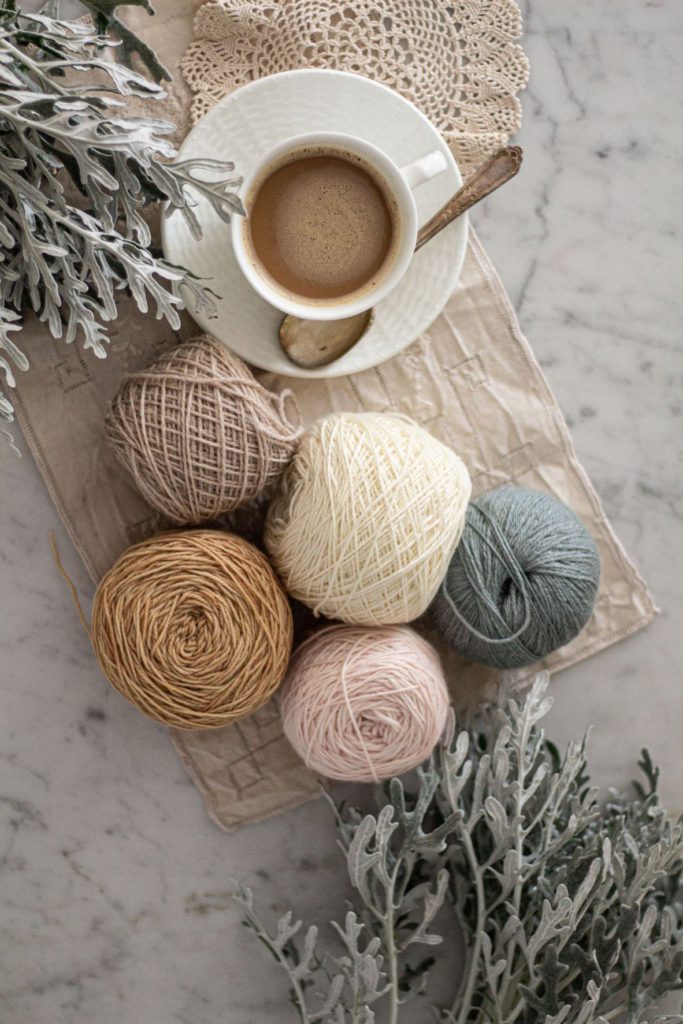
When you’re knitting socks, it’s important to think about the absorption qualities of the fiber you’ve chosen. Most feet get at least a little sweaty when being worn with socks and shoes. That’s okay. That’s just life. Feet sweat.
But a challenge when choosing sock knitting yarn is that you need to pick a material that will absorb that sweat, pull it away from your feet, and let it evaporate quickly. This sweat wicking process will help keep your feet as warm and dry as possible.
This is especially important if you live somewhere with cold, wet weather. Nobody likes stepping in a puddle and then having soggy feet for the rest of the day. It’s not only uncomfortable but potentially unhealthy, too.
Option 1: Wool
The best natural fiber for sweat wicking is wool. Sock wool absorbs sweat and then allows it to evaporate quickly. What this means is that, even though it sounds like a really warm and possibly even uncomfortable way to go about your day, wearing wool socks might actually be the best way to keep your feet cool. Don’t believe me? Ask the hikers.
Option 2: Cotton
Now, if you have a fiber allergy that prevents you from using wool, there are alternatives. Cotton is absorbent, like wool, but unlike wool, it tends to hold onto the moisture for longer. That means that you are more likely to have slightly cold, wet feet if you use cotton then if you use wool. Cotton also has less memory, so the socks may stretch or droop over time.
Option 3: Synthetic fibers
The worst option is pure acrylic yarn. Most synthetic materials used for yarn have no absorbency at all, which means that the sweat your feet generate will just sit there on your feet. They’ll feel clammy and slimy all day. I strongly, strongly advise against using pure nylon or acrylic yarns for socks that are meant to be worn inside shoes.
Fibers to Avoid
Although they’re fun to knit with, I’d advise strongly against knitting socks in pure linen, pure silk, or pure bamboo. These yarns are great for garments where you want to have a lot of drape, but you do not want drape in your socks. You want lots of stretch and memory.
Evaluate The Durability Of Your Sock Yarn’s Fiber Content
Now, all this isn’t to say that nylon has no place in making socks. In fact, I almost always use sock yarn with a little bit of nylon in it. That’s because the nylon in sock knitting yarn can help contribute to the durability of the fiber.
But let’s back up a bit.
If you hang out in any of the sock-knitter Facebook groups for any amount of time, you will probably see a debate about whether or not you need to use yarn with some nylon in it. There are some sock knitters who swear that pure wool yarn is perfectly durable and good for knitting socks, and in fact, the felting process will make the socks more durable. They’ll tell you the best sock wool is just straightforward wool. There are others who swear just as vehemently that pure wool socks are horribly delicate, not fit for purpose, and unreliable. They’ll tell you the best yarn for knitting socks is a blend of wool and nylon.
I think part of this dispute comes down to the fact that different people use their socks in different ways, launder them differently, and have different wear spots on their feet. Another part is probably that different wools wear differently. For example, a targhee yarn will get you different results from what a merino yarn will (merino is, generally speaking, not the best sock wool because it’s more delicate, while targhee is an excellent sock wool because it’s more durable).
As for me, I prefer sock yarn with some nylon in it. Most sock yarns in the weight two category have either 20% or 25% nylon content. I prefer the 20% nylon content, and find the 25% nylon content tends to be a little bit too scratchy and thin. It feels flimsy to me.
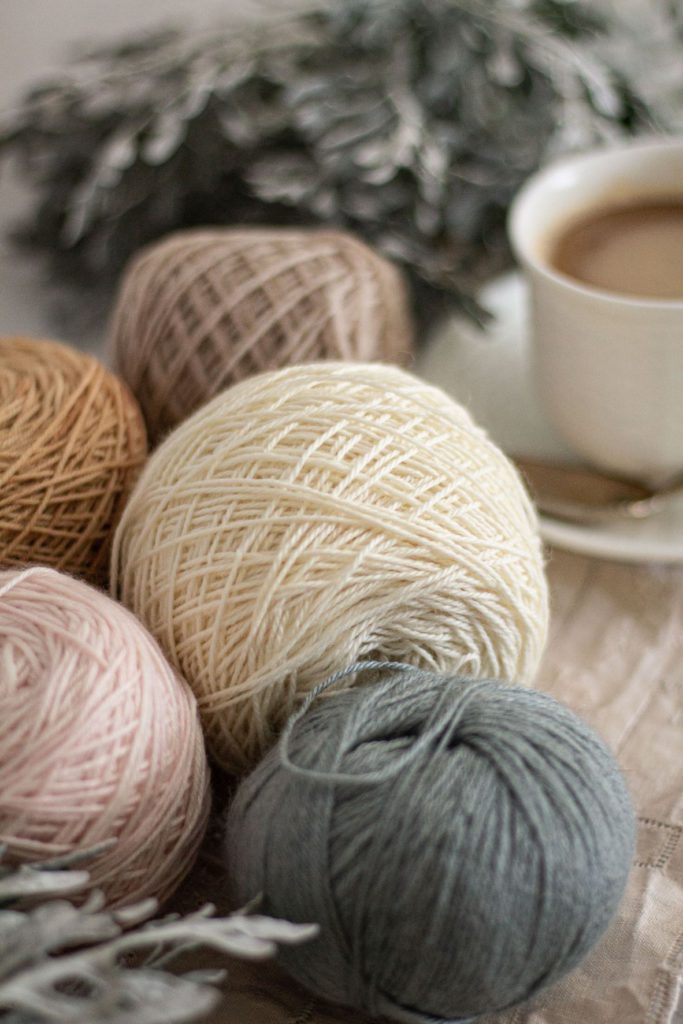
I also like sock yarns that are 80% wool, 10% nylon, and 10% cashmere, but that’s more a texture preference and not a durability preference. I find that those yarns tend to actually be a little more delicate because of the cashmere content.
So what do you do if you find 100% wool yarn is too flimsy but you don’t want to use a synthetic fiber in your socks? Never fear, the natural fiber world has you covered. Some knitters use sock yarns with a little bit of silk in them for added durability. Silk is a wonderfully strong fiber that doesn’t add bulk.
Other knitters use mohair to strengthen durability. I haven’t knit socks with mohair myself, but I’m pretty tempted and might do so this winter. That might actually be a way to make the 75% wool/25% nylon yarn more fun to work with.
In any event, there are options. These yarns are a little harder to find, but they are definitely out there.
Finally, Make Sure You Understand Your Yarn Construction
Once you’ve looked at fiber content, it’s also important to look at how the yarn is constructed.
Think about the theory behind how ropes are constructed. The more strands in the rope, the stronger the entire rope will be. The same theory applies to sock yarn.
That means that generally speaking, a single ply yarn is not going to be the best yarn for knitting socks. It feels lovely in the hand, but it won’t stand up to the wear and tear. It’s not a particularly durable yarn because it’s only one strand gently twisted around itself.
My favorite yarns for knitting socks have four plies of yarn twisted together to make a very fine but very strong yarn. Most sock knitting yarns have two plies, or sometimes three. Those will still be good yarns that you can use with great success.
Now, like I said at the beginning of all of this, there’s no perfect sock yarn for every person and every purpose, just like there is no perfect sock knitting method for every person. I hope, though, that this information will help you make the right choice for your needs and your unique circumstances. The best sock yarn is the yarn that fits your requirements. Happy stitching!
If you’re curious about some of my favorite knitting tools, here’s a round-up of the things I use most. These are affiliate links, which means if you choose to buy something through those links, I’ll receive a small commission at no extra cost to you. I will always identify affiliate links for you. Thanks for supporting my work!
The 9-inch circular needles I prefer for knitting socks
My favorite, more-affordable sock yarn
The interchangeable needle set I’ve been using since 2011
The needles I use for knitting all my shawls
One last note before I go: choosing yarn for any project is a bit of a process. While I do a lot of accessories and housewares, I don’t have much insight into knit or crocheted stuffies. Luckily, my friend Teresa of Classical Songbird Knits has a whole guide to help you choose the best yarn for your next stuffed animal project.
Let’s stay connected!
Join my newsletter for 30% off all new releases, regular updates with helpful tips and tricks, first crack at registration for upcoming workshops, exclusive discounts, and more.
Prefer to read without ads? Join my Patreon, which starts at just $1 a month!
Join the A Bee In The Bonnet Facebook Group to participate in knitalongs and other fun community events
Come hang out with me on the A Bee In The Bonnet TikTok
Follow along on the A Bee In The Bonnet Instagram
Get inspired via the A Bee In The Bonnet Pinterest

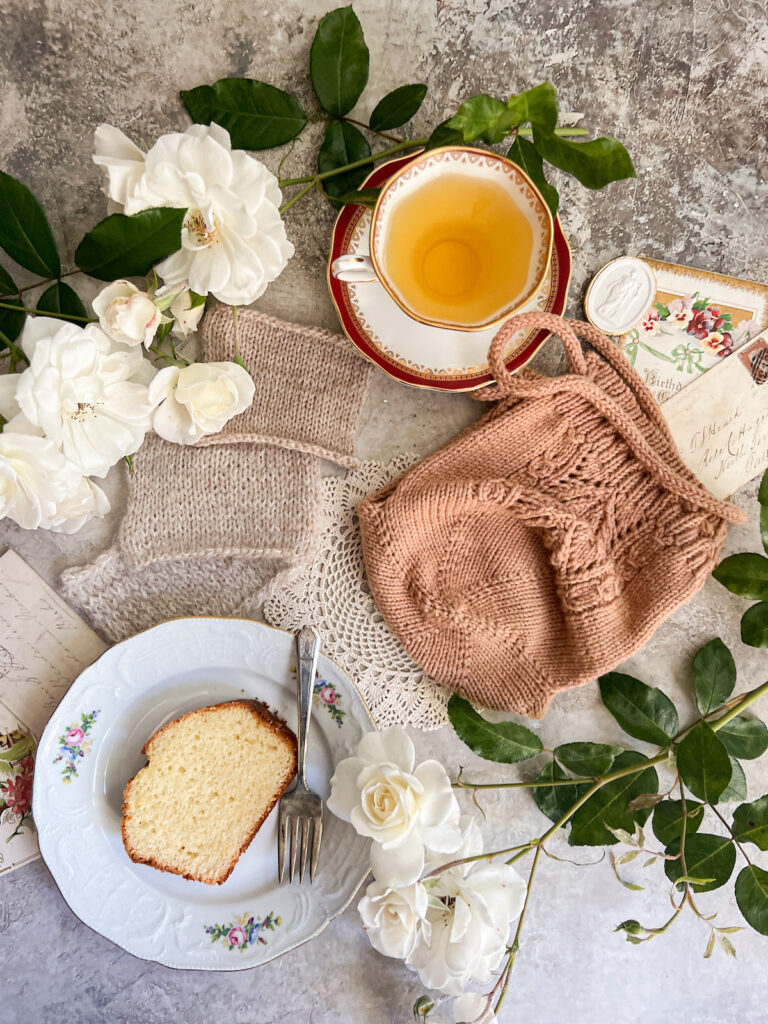
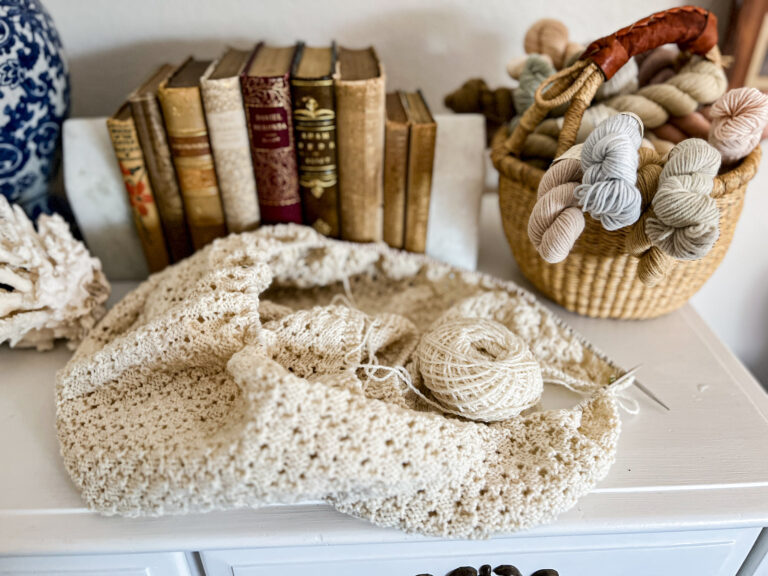
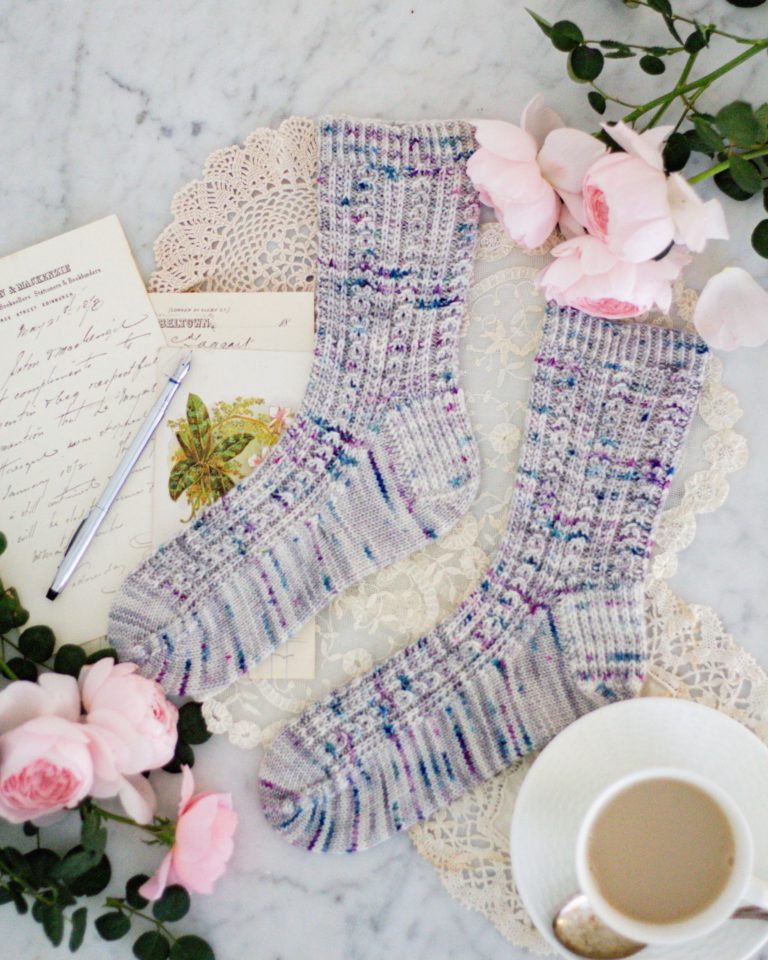
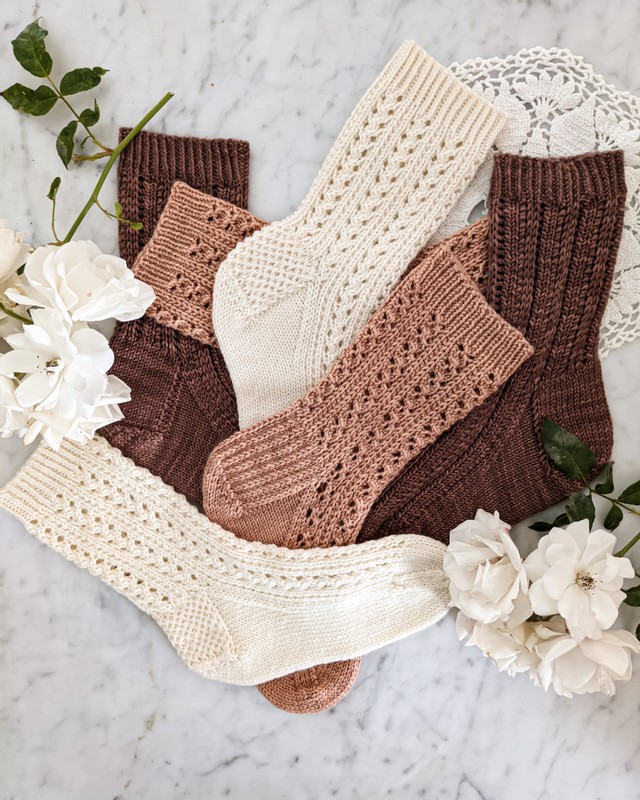
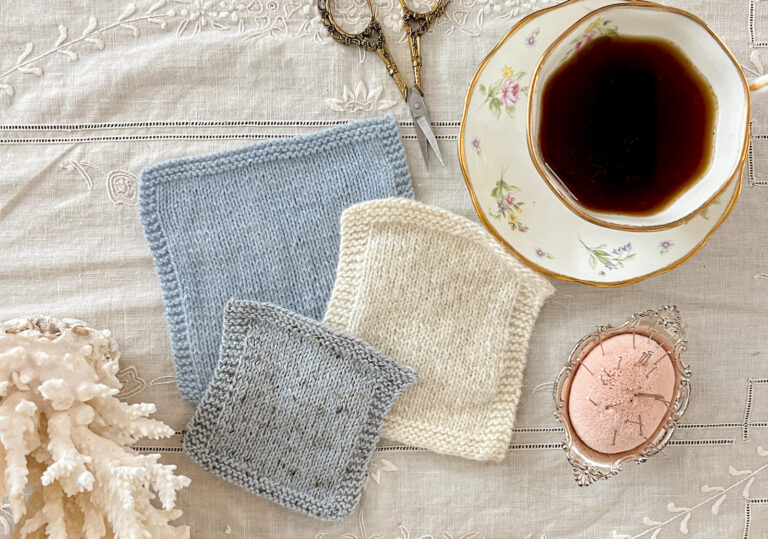
Huge help! I am an experienced knitter/crocheter but need to get oriented to face the challenge of socks. This gets me underway. Thanks!
I’m so glad to hear it was helpful to you! Sock knitting can feel daunting at first, but now they’re my favorite thing to knit.